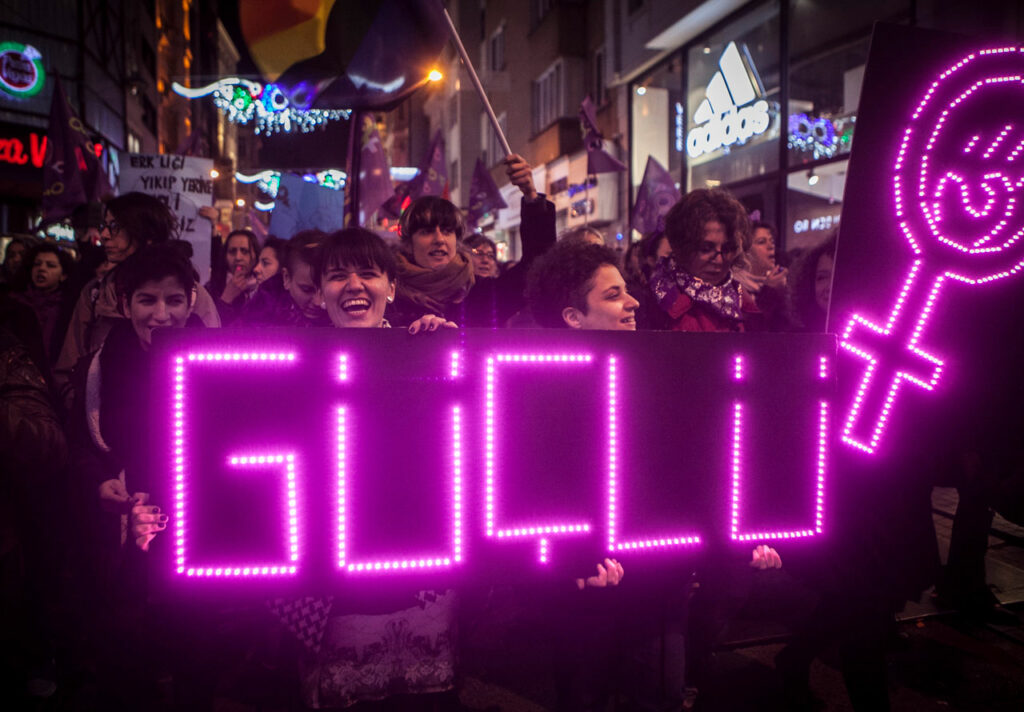Istiklal Avenue which connects Taksim Square and Tünel Square is one of İstanbul’s most famous main avenues. The region was covered with vineyards and gardens during the Byzantium era and settlements began to appear in 1491 with the construction of Mevlevi Lodge and Acemioğlanlar Barracks which would later become Galatasaray High School. The avenue was called “Cadde-i Kebir,” meaning “Grand Avenue” before the Republic was formed and was also referred to as “Grand Rue de Pera”.
It developed into its present-day form in the second half of the 19th century, becoming the “modern face” of not only Pera but İstanbul itself. Apartment buildings that were built with ground floors allocated to shops in the form of arcades after the Beyoğlu Fire of 1870 constituted the backbone of the new avenue. Over time, İstiklal Avenue with its apartments, arcades, embassy buildings, places of worship, schools, hotels, shops following the latest fashions, theaters, cinemas, cafes, restaurants, and taverns rising on both sides became a buzzing avenue at almost every hour of the day for more than a century.

Feza Kürkçüoğlu Archive

Feza Kürkçüoğlu Archive
İstiklal Avenue where people with diverse views gathered for political marches and demonstrations since the 1950s, also witnessed one of the most shameful pages of our recent history. The Pogrom of September 6-7, 1955, cooked up under the pretext of reaction to incidents in Cyprus, broke out as masses that gathered in Taksim Square ransacked businesses, homes, schools, and churches belonging to citizens of Greek origin along İstiklal Avenue. Spilling over to various districts of Istanbul, the incidents continued with fires, lynches, rapes, and even ravaging of cemeteries in the wake of fires, burnings, and lootings that took place along the avenue.
The downfall of İstiklal Avenue began as a result of non-Muslim communities leaving the area, followed by the changing of its face due to domestic migration in the 1970s. Night clubs opened on adjacent streets while beer houses with names like Forest and Brother-in-Law were on the main avenue. Erotic films, even porn, were showing at movie theaters along the avenue which came first to one’s mind when people spoke about cinema. The avenue lost its identity during the period from 1980 to the 1990s before regaining its old multicultural, multi-faith and multicolored spirit as bookstores, cultural centers, theaters, cafes, and bars started to open after the 1990s. From the 2000s onward, stores belonging to big brands began replacing old shops as historic and commercial buildings and passages were “renovated.” Cinemas and theaters disappeared into history one by one and İstiklal Avenue lost its old face as restrictions were imposed on bars and taverns.
Coffeehouses, cafes, associations, foundations, party centers where revolutionary students used to meet from the 1960s until the military coup of September 12, 1980, and from the beginning of the 1990s to the present day also closed one after another. İstiklal Avenue has been the scene of protests, meetings, and illegal demonstrations since 1975 and also became a venue for public announcements, marches, and protests made by the feminist movement in the 1990s. In the following years, demonstrations by women’s groups and the LGBTQIA movement as well as the “March 8 International Women’s Day” continue to take place on the Avenue.

Photo: Çiğdem Üçüncü (NarPhotos)

Video-Photo: Çağrı İşbilir

Video-Photo: Çağrı İşbilir
